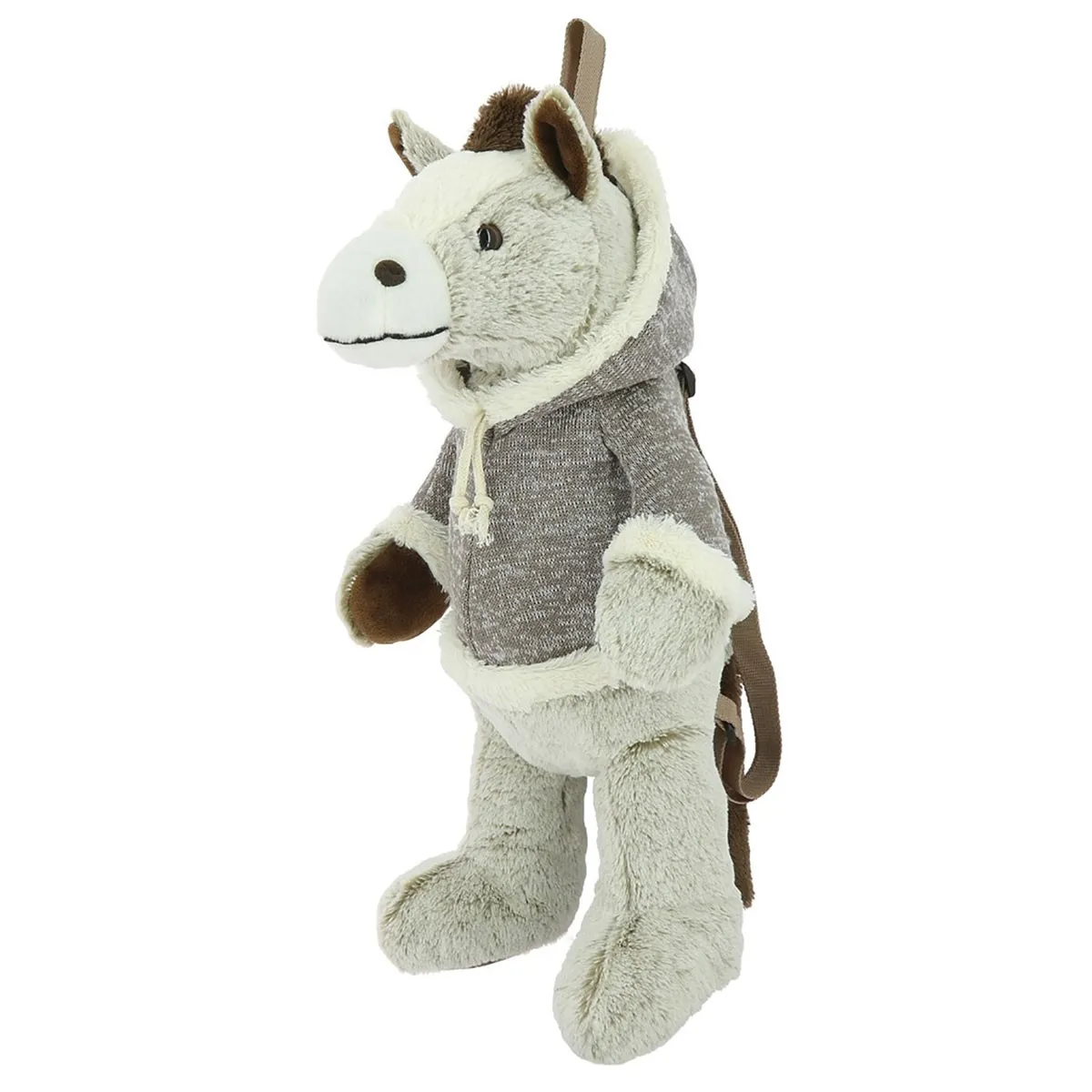About mud fever
Mud fever is caused by a bacterium known as dermatophilus congolensis that penetrates chapped, damaged or softened skin and thrives in wet conditions. Therefore mud fever is more common during the wet winter months. Mud fever occurs mostly around the coronet, heels and pastern in horses but can also occur higher on the leg or belly.
Symptoms of mud fever
The first signs of mud fever are a "mud rash" which then develops into weepy sores which lead to crusty scabs. In severe cases of mud fever the leg may swell and the horse may develop lameness. Horses or ponies with heavy feather on the leg can be particularly prone to mud fever in extremely muddy conditions, as the hair becomes covered in wet mud and remains damp. Horses with white legs and pink skin are also more prone to mud fever.
Treatment of mud fever
To treat mud fever, clip the hair, clean the legs thoroughly and soften the scabs by applying a dilute antiseptic solution or washing the legs with an antibacterial shampoo. Gently remove the scabs, dry thoroughly and then treat the area with a mud fever product or apply an antibiotic cream twice daily. If possible stable the horse or move the horse to a less muddy field during treatment for mud fever. In severe cases of mud fever where the leg has been swollen antibiotic treatment may be needed.
Once the mud fever has been treated the skin may remain tender and applying a soothing cream such as zinc or castor oil can ease this.
Prevention of mud fever
Mud fever can be prevented by bringing the horse or pony in periodically to allow the legs to dry completely and brushing off all mud.
There are also a variety of barrier creams that can be applied to dry, clean legs to protect the skin to help prevent mud fever and leg wraps and bandages that can be worn in the field designed to help prevent mud fever.
Nutritional supplements designed to promote skin and coat health may help in preventing skin from cracking and allowing mud fever to develop and supplements designed to support the immune system may help the horse to fight any mud fever infection.











